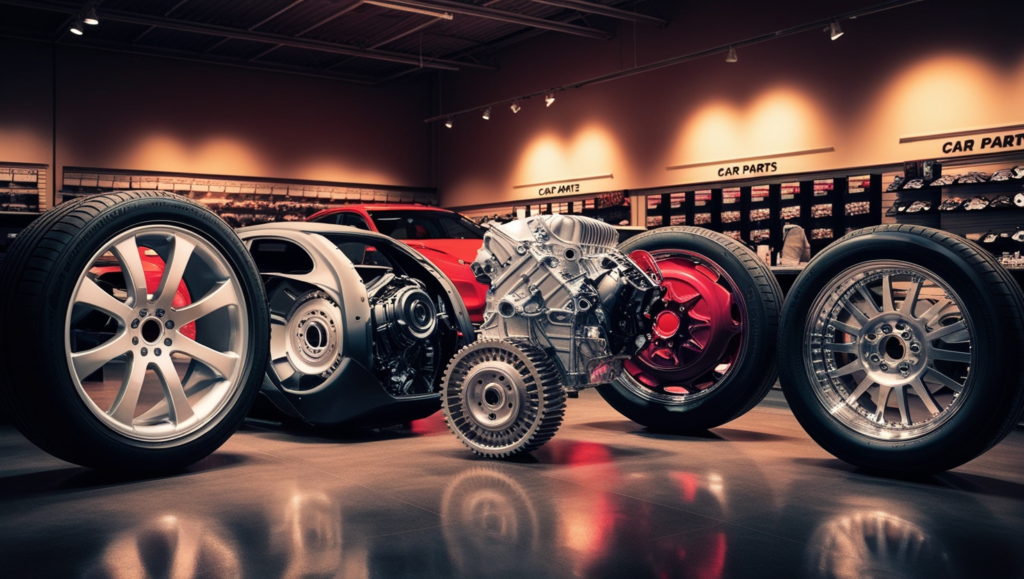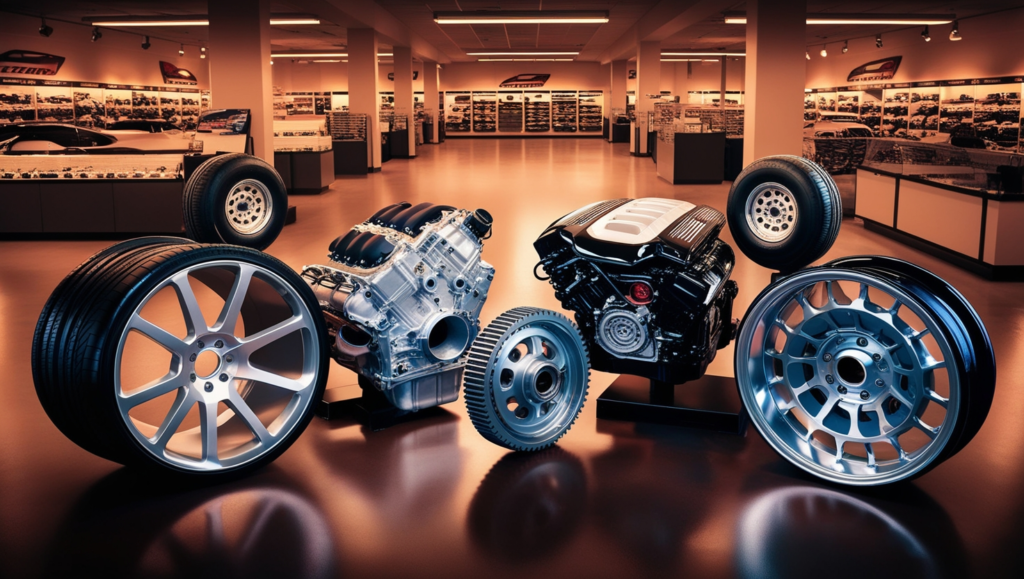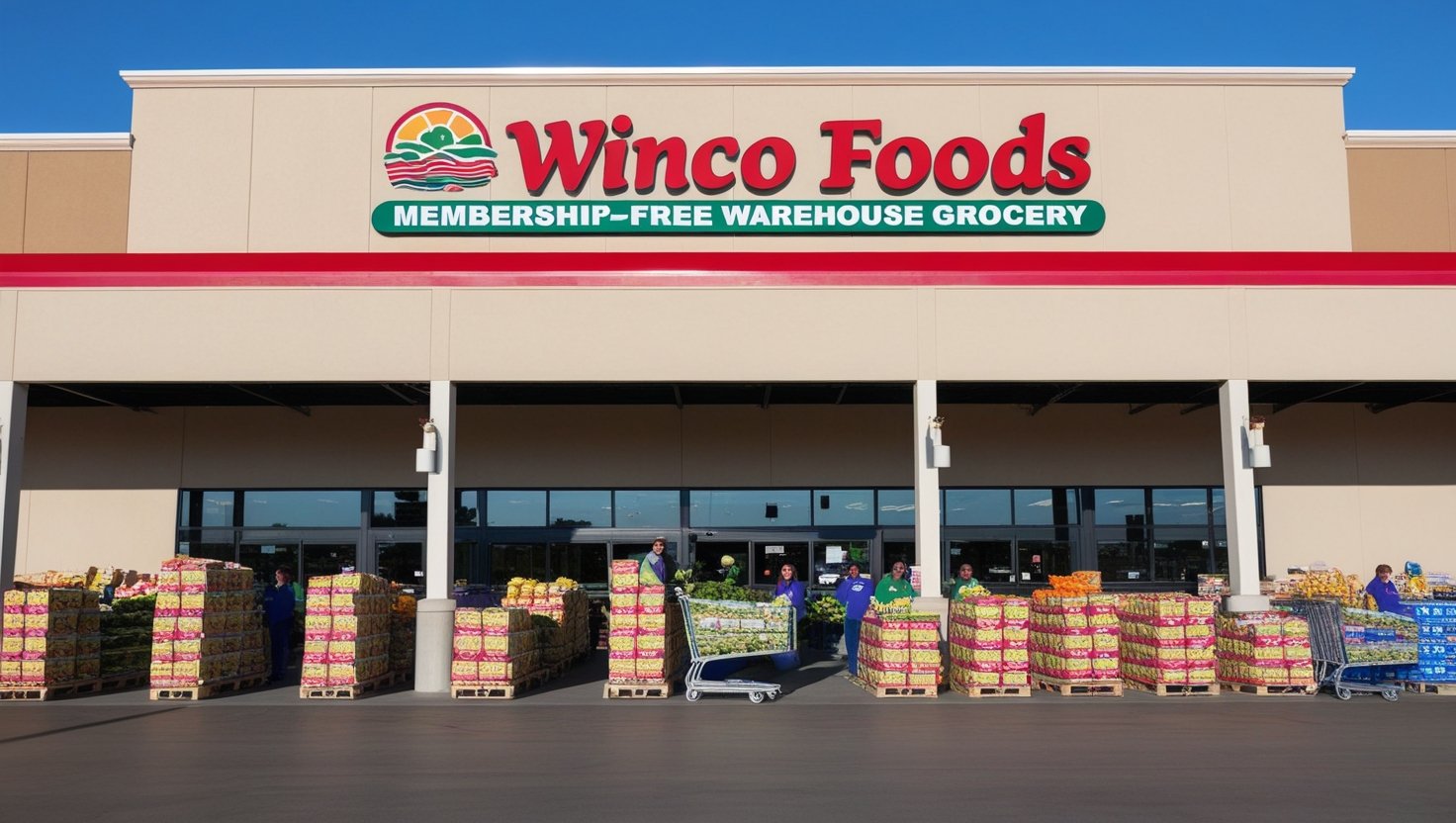When you think of big machines like bulldozers, cranes, or even large trucks, you might wonder how they stay in good shape. The answer is XL parts! These are special parts for big, strong machines used in construction, factories, and even cars. This article explains everything about XL parts in simple words so everyone, even young students, can understand. We’ll cover heavy-duty components, oversized machinery, industrial equipment, large-scale manufacturing, XL replacement parts, heavy machinery repair, custom XL components, automotive XL parts, and construction equipment parts.
What Are XL Parts?
XL parts are extra-large or heavy-duty pieces made for big machines and vehicles. The “XL” stands for “extra large,” meaning these parts are bigger and stronger than regular ones. They’re used in construction equipment, factory machines, and large trucks. XL parts are built to be tough because the machines they go into do hard work, like digging dirt, lifting heavy loads, or moving oversized items in a factory.
For example, a bulldozer might need XL parts like a giant wheel or a strong metal arm to push dirt. These parts are made to last a long time and handle tough jobs. Without XL parts, big machines wouldn’t work correctly, and jobs like building roads or creating products in factories would be much more complex.
Why Are XL Parts Important?
XL parts are important because they keep big machines running smoothly. Imagine if a crane’s arm broke while lifting something heavy—it could be dangerous! XL parts are designed to be strong and fit perfectly in oversized machinery. They help machines do their jobs safely and quickly, which saves companies time and money.
Heavy-Duty Components: The Strength of XL Parts
Heavy-duty components are parts that can handle a lot of weight and pressure. XL parts are often heavy-duty components because they’re made for machines that do challenging work. For example, a heavy-duty component might be a thick steel plate in a mining machine or a strong gear in a factory conveyor belt.
These components are made from steel, aluminium, or special alloys that don’t break easily. XL parts are heavy-duty components that are tested to ensure they can handle rough conditions, like dirt, heat, or heavy loads. When you use XL parts in your machines, you know they’ll keep working even in the most challenging jobs.
Examples of Heavy-Duty XL Parts
Some standard heavy-duty XL parts include:
- Tracks: Big rubber or metal tracks for bulldozers to move over rough ground.
- Hydraulic cylinders: Strong tubes that help machines lift or push heavy things.
- Gears: Large metal wheels that make parts of a machine move together.
These XL parts are built to be super strong so machines can keep working without breaking down.

Oversized Machinery: Where XL Parts Shine
Oversized machinery includes excavators, cranes, and giant trucks used in construction or mining. These machines are much bigger than regular cars or tools, so they need XL parts to work properly. For example, an excavator’s bucket—the part that digs dirt—is an XL part because it’s huge and made to scoop up tons of earth.
XL parts for oversized machinery are designed to fit perfectly and handle big tasks. They’re also made to last a long time because replacing parts in oversized machinery can be expensive and time-consuming. When companies use XL parts, they can trust their big machines to do the job right.
Why Oversized Machinery Needs XL Parts
Regular parts would break quickly, but XL parts are made to be extra tricky. They help oversized machinery stay safe and work, even in challenging conditions.
Industrial Equipment: XL Parts in Factories
Industrial equipment is the factory machines to make things like cars, food, or clothes. These machines are often giant and need XL parts to keep them running. For example, a factory might use a huge conveyor belt to move products, which needs XL parts like large rollers or strong motors.
XL parts in industrial equipment are essential because factories must work fast and not stop. If a machine breaks, it can slow down the whole factory, which costs money. By using XL parts, factories can keep their machines working smoothly and make products on time.
Types of XL Parts for Industrial Equipment
Some XL parts used in industrial equipment include:
- Pumps: Big pumps that move liquids, like water or oil, through a factory.
- Bearings: Large metal balls or rollers that help machine parts move easily.
- Belts: Strong belts that connect parts of a machine to make them work together.
These XL parts are made to be strong and fit perfectly in big factory machines.
Large-Scale Manufacturing: How XL Parts Help
Large-scale manufacturing means making lots of products in big factories. Think of a factory producing thousands of cars or tons of food daily. These factories use giant machines that need XL parts to keep going. For example, a car factory might use a big robot arm to lift car parts, and that arm needs XL parts like strong joints or motors.
XL parts in large-scale manufacturing are designed to handle heavy work and last. They help factories make products quickly and safely, keeping costs low and customers happy.
Why XL Parts Matter in Manufacturing
In large-scale manufacturing, machines run for hours every day. If a machine breaks, it can stop the whole factory. XL parts are made to be tough, so machines don’t break down often. They also help factories make high-quality products because they fit perfectly and work well.

XL Replacement Parts: Fixing Machines Fast
Sometimes, even the strongest machines break or wear out. That’s where XL replacement parts come in. These are XL parts made to replace old or broken parts in big machines. For example, if a crane’s cable snaps, you can get an XL replacement part to fix it.
XL replacement parts are important because they help fix machines quickly. You can replace the broken part instead of buying a whole new machine. It saves money and keeps the machine working like new.
Types of XL Replacement Parts
Some standard XL replacement parts include:
- Filters: Big filters that clean air or liquids in a machine.
- Hoses: Large tubes that carry water, oil, or air.
- Blades: Strong blades for cutting or digging in construction machines.
These XL parts are made to fit specific machines, so they work when you replace old parts.
Heavy Machinery Repair: Using XL Parts
Heavy machinery repair is when you fix big machines like bulldozers, cranes, or factory equipment. XL parts are often used in heavy machinery repair because they’re strong and made for big machines. For example, if a bulldozer’s track breaks, a mechanic might use an XL part to fix it.
Using XL parts in heavy machinery repair is important because it ensures the machine works like new. These parts are designed to handle tough jobs, so the machine won’t break again soon. Plus, XL parts are often tested to ensure they’re safe and strong.
How XL Parts Help in Repairs
When a machine breaks, it can stop work on a construction site or factory. XL parts help mechanics fix machines fast so work can start again. They’re also made to last, so the machine stays fixed for a long time.
Custom XL Components: Made Just for You
Sometimes, a machine needs a special part that’s difficult to find. That’s where custom XL components come in. These are XL parts made specially for a particular machine or job. For example, a factory might need unique gear for a new machine, and a company can make a custom XL part just for them.
Custom XL components are significant because they’re made to fit perfectly and do what you need. They’re often used in special machines or when regular XL parts don’t work.
Why Choose Custom XL Parts?
Custom XL parts are perfect for machines that do unique jobs. They’re also helpful if a machine is old and regular parts aren’t made. Custom XL components enable you to keep your machine working without buying a new one.

Automotive XL Parts: For Big Vehicles
Automotive XL parts are XL parts used in large vehicles like trucks, buses, or heavy-duty cars. These vehicles need bigger, stronger parts than regular cars because they carry heavy loads or drive long distances. For example, a big truck might need an XL part like a large battery or a strong axle.
XL parts are made for automotive use and are tough and handle intricate work. They help big vehicles stay safe and work on long trips or challenging roads.
Examples of Automotive XL Parts
Some automotive XL parts include:
- Brake pads: Large brake pads for stopping heavy trucks.
- Tyres: Big, strong tyres for buses or construction vehicles.
- Engines: Powerful engines for large trucks.
These XL parts are designed to keep big vehicles running smoothly and safely.
Construction Equipment Parts: Building with XL Parts
Construction equipment parts are pieces used in machines like bulldozers, cranes, or excavators. Many of these are XL parts because construction machines are big and do heavy work. For example, an excavator might need an XL part, like a large bucket or a strong arm, to dig deep holes.
XL parts in construction equipment are important because they help build roads, houses, and bridges. They’re made to be strong and last long, even in harsh conditions like mud or rocks.
Why XL Parts Are Key in Construction
Construction machines work in rough places and need XL parts that won’t break. These parts help machines do big jobs, like lifting heavy beams or digging deep foundations. Using XL parts, construction workers can finish projects safely and on time.
Conclusion: XL Parts Keep Big Machines Going
XL parts are the heroes of big machines. Whether heavy-duty components for construction equipment, custom XL components for factories, or automotive XL parts for trucks, these parts keep oversized machinery and industrial equipment running smoothly. They are strong and reliable, helping with large-scale manufacturing, heavy machinery repair, and building projects.
If you need XL parts, choose ones that fit your machine and are made by trusted companies. With the right XL parts, your machines will work better, last longer, and help you finish big jobs. Keep your machines in top shape, and you’ll be ready for any task!
References
- Heavy Machinery Parts LLC. (2024). Your Trusted Destination for High-Quality Aftermarket and Genuine Replacement Parts. Retrieved from https://heavymachinerypartsllc.com
- Machinery Parts Warehouse. (2024). New, Used, Rebuilt & Aftermarket Heavy Equipment Parts. Retrieved from https://www.machinerypartswarehouse.com
- XL Parts. (2024). Product Line Up and Company Overview. Retrieved from https://www.xlparts.com
- Heavy Equipment Spare Parts Market Size, Trends, Growth & Forecast. (2024). Verified Market Research. Retrieved from https://www.verifiedmarketresearch.com
- Baker Industries. (2023). Heavy Equipment and Industrial Machinery Manufacturing Abilities. Retrieved from https://www.bakerindustriesinc.com





